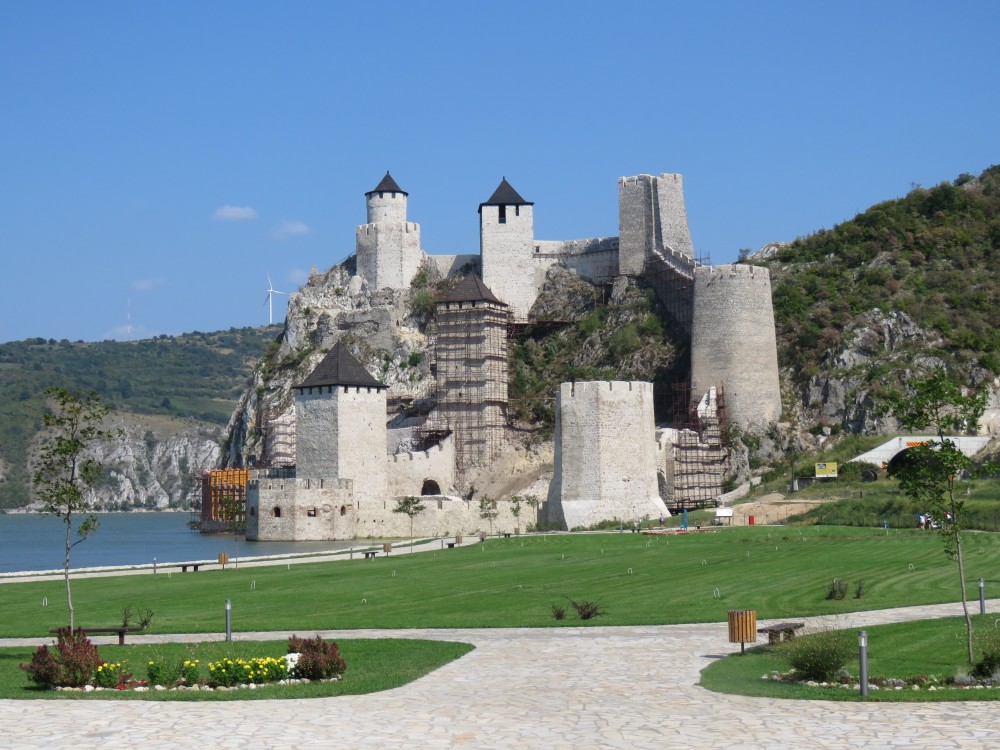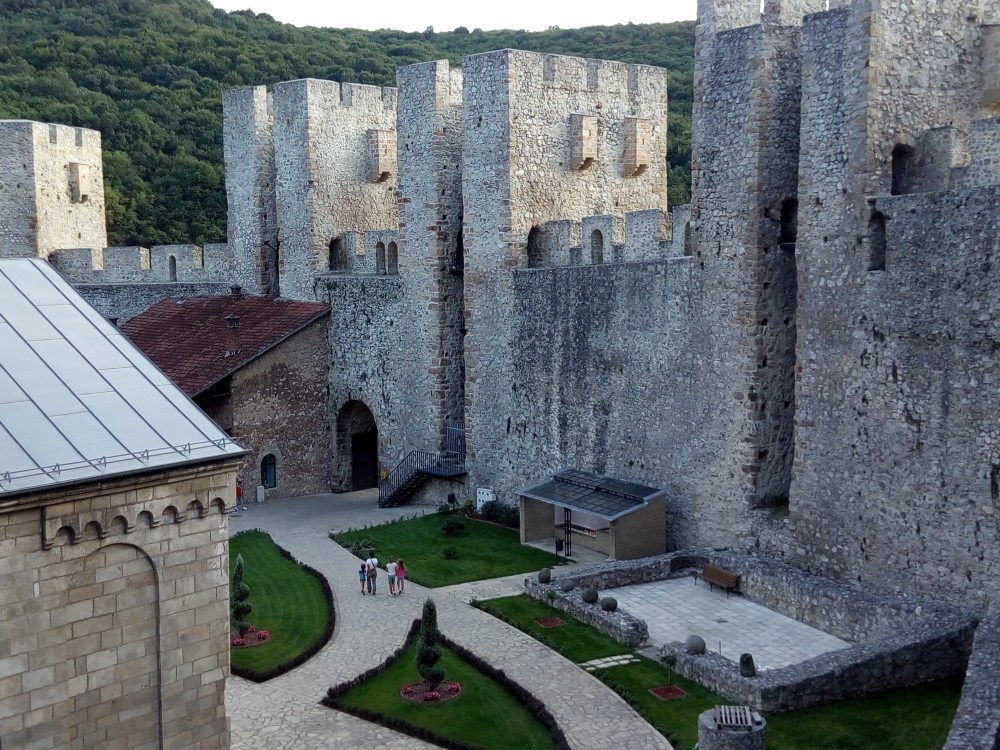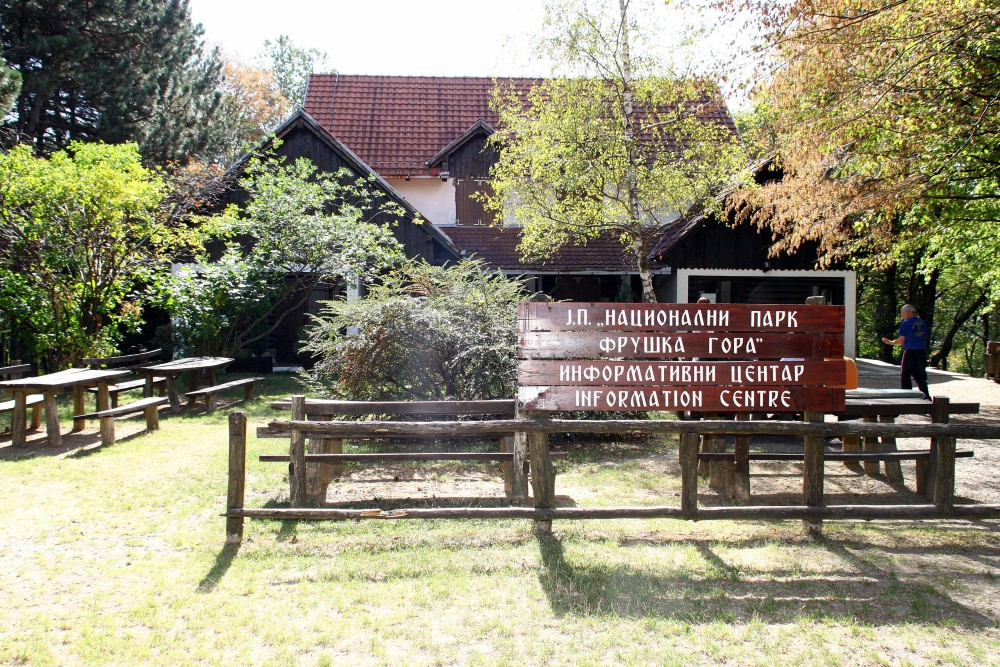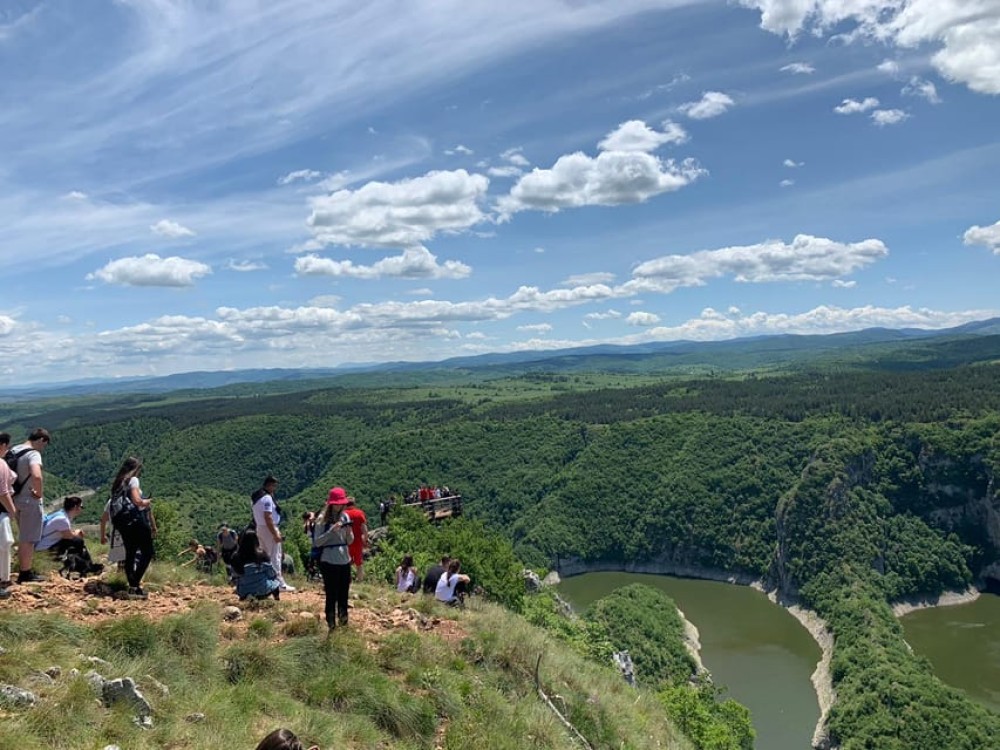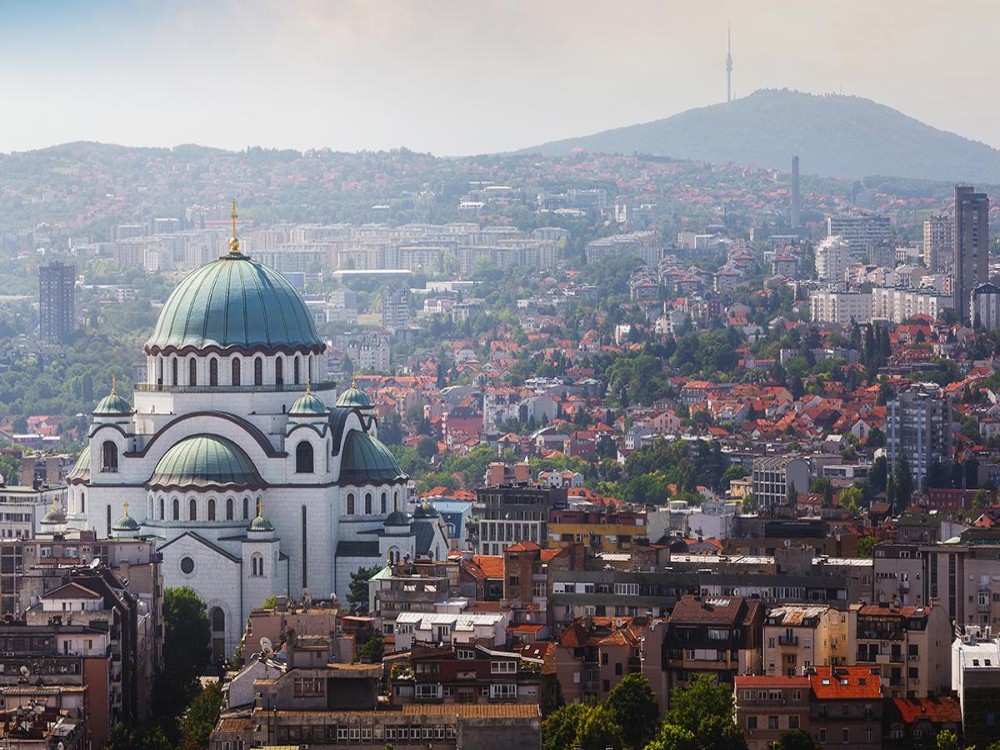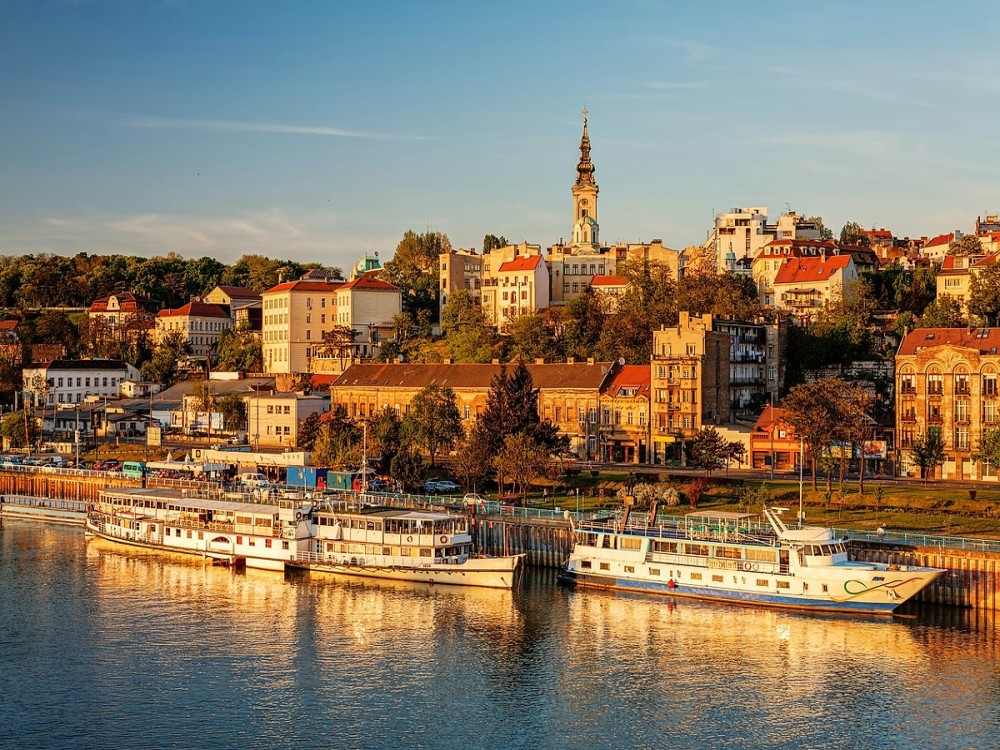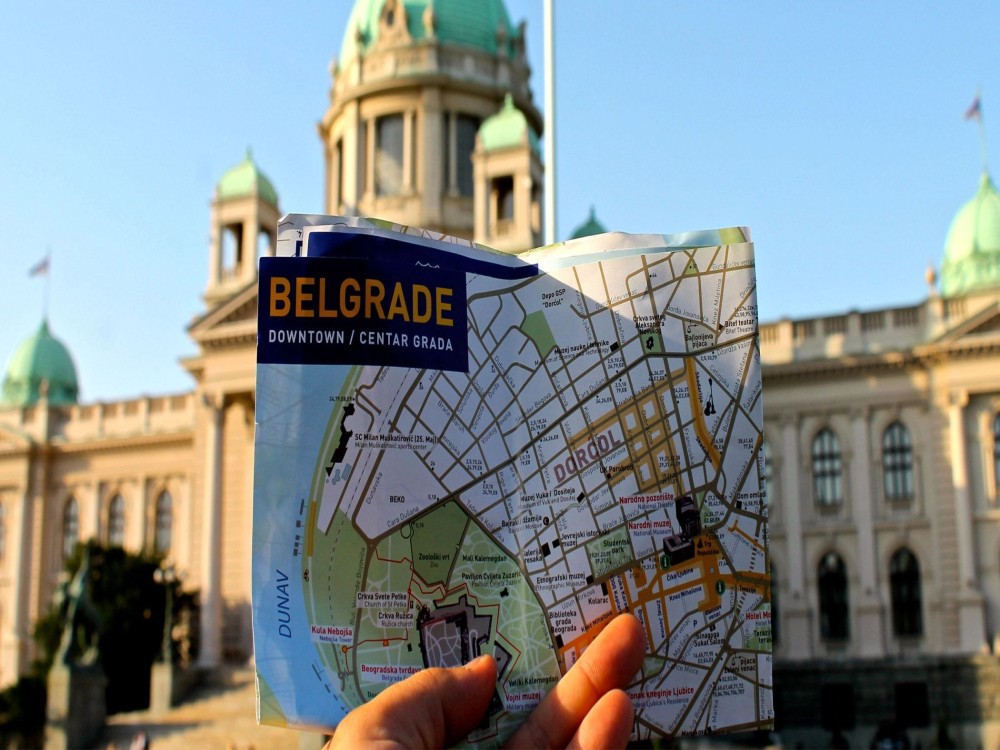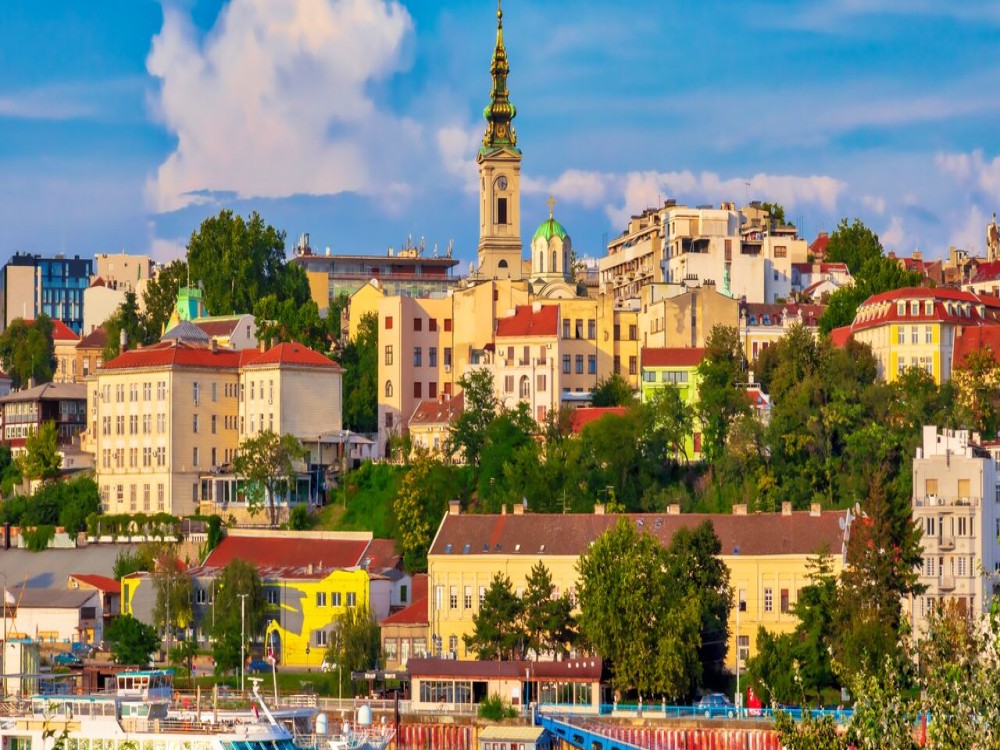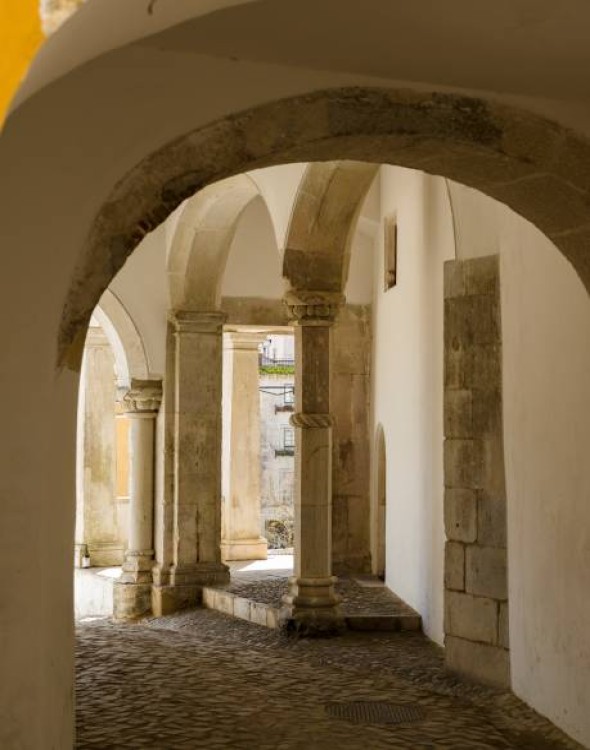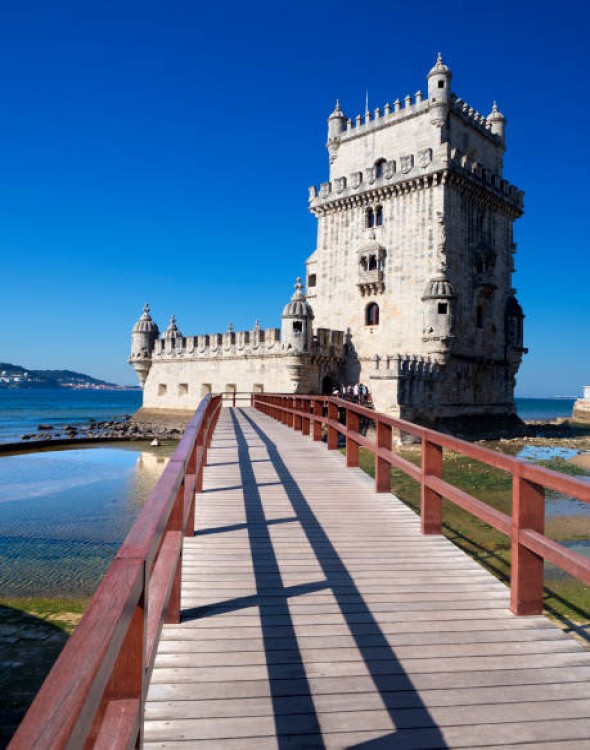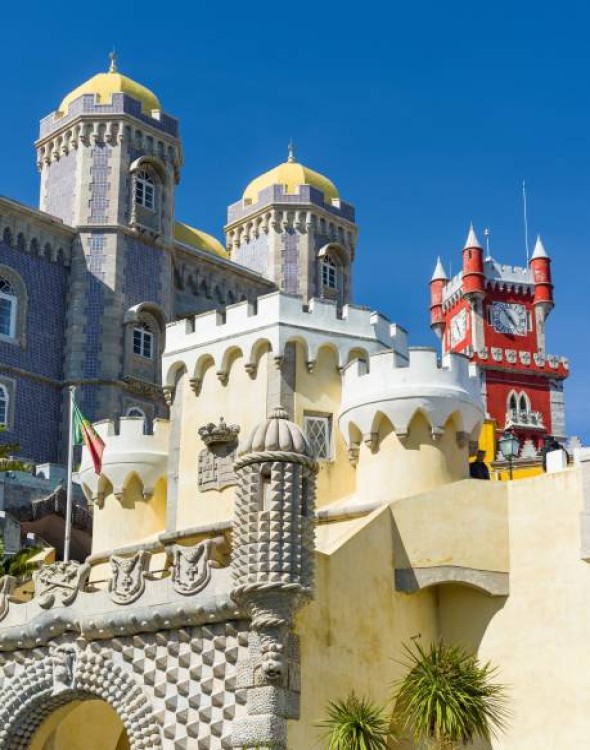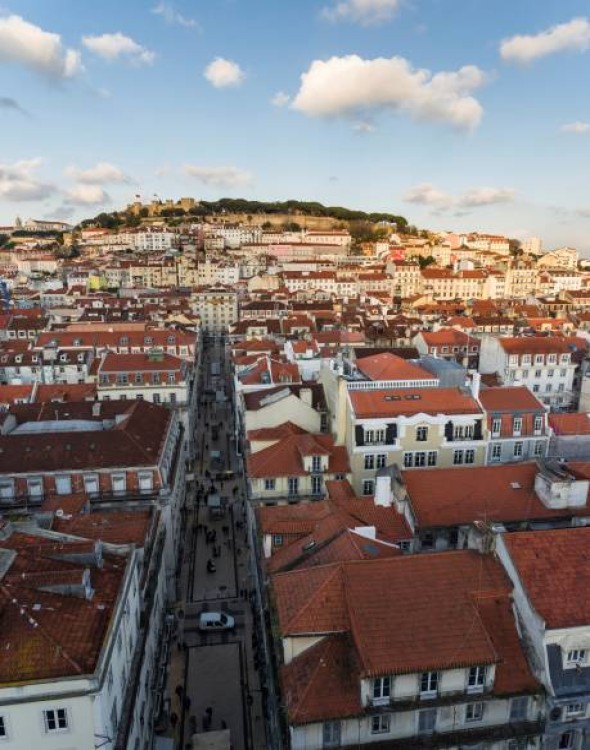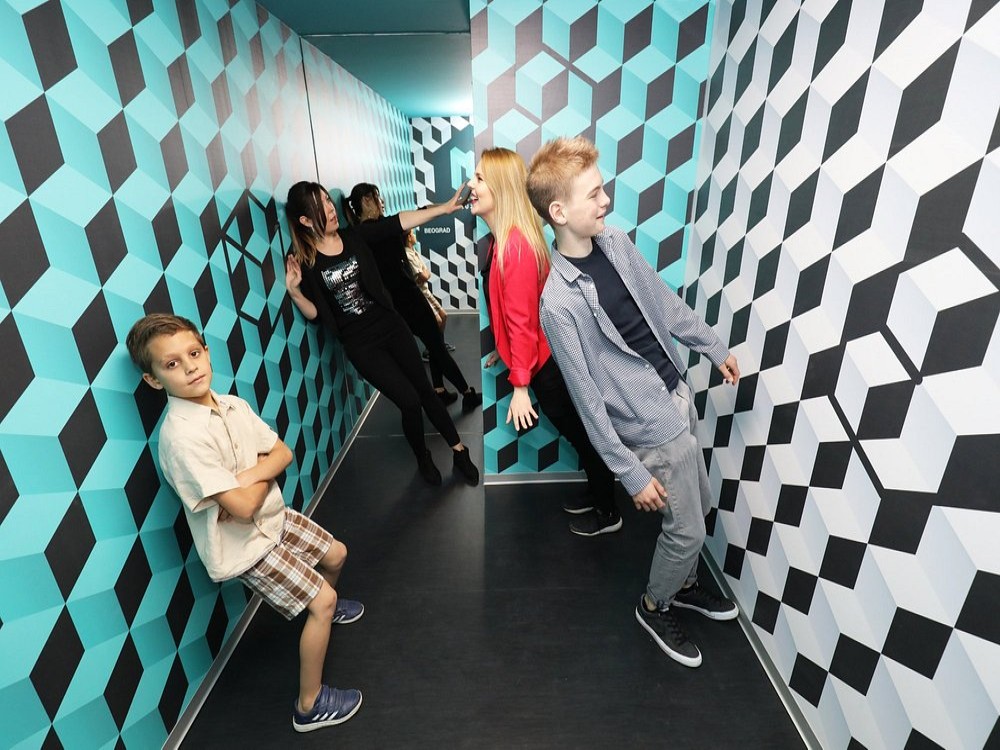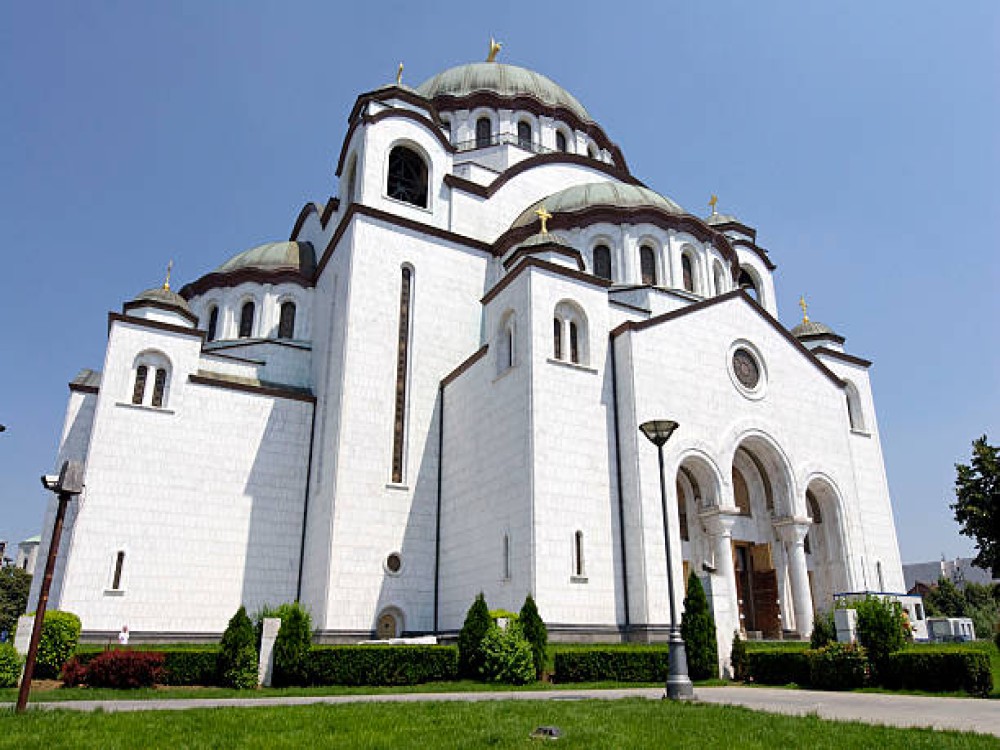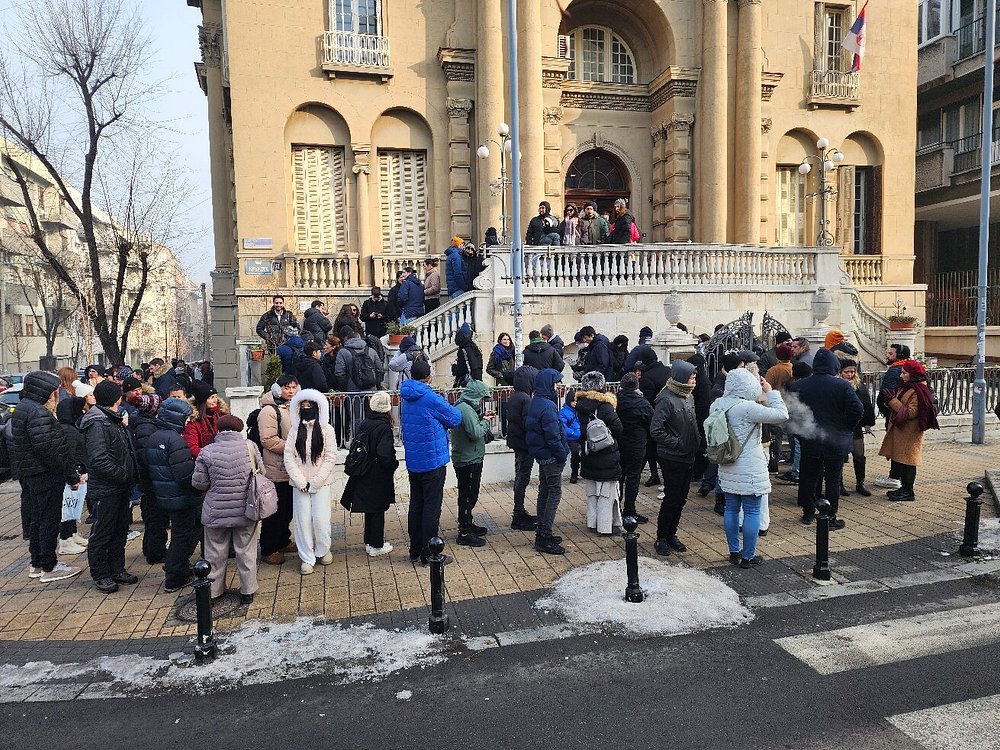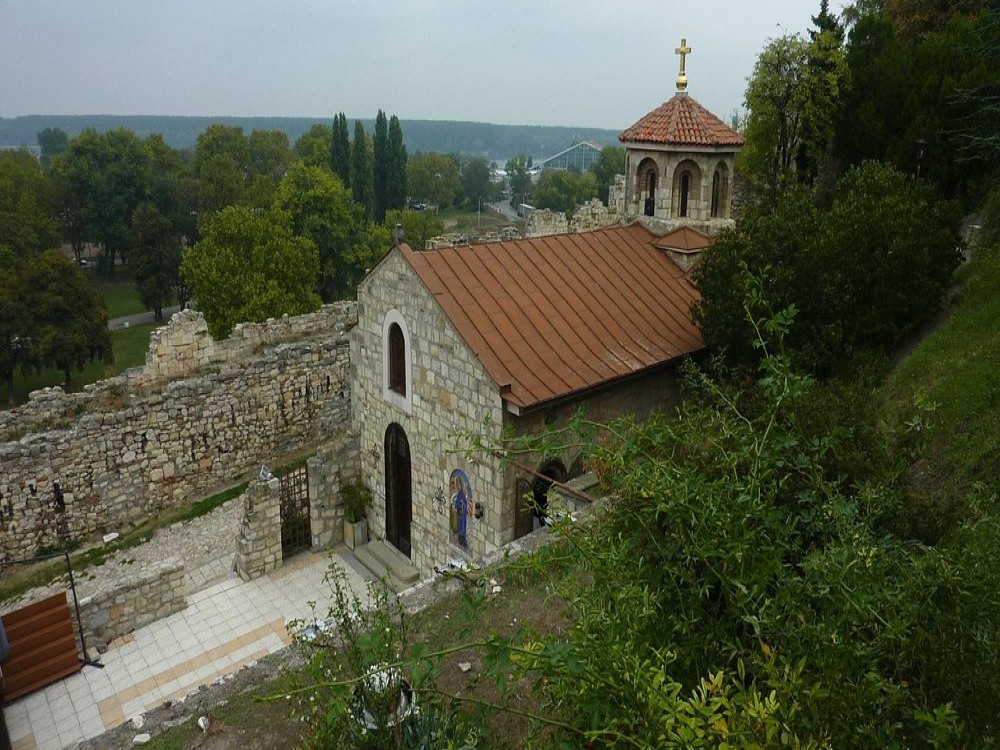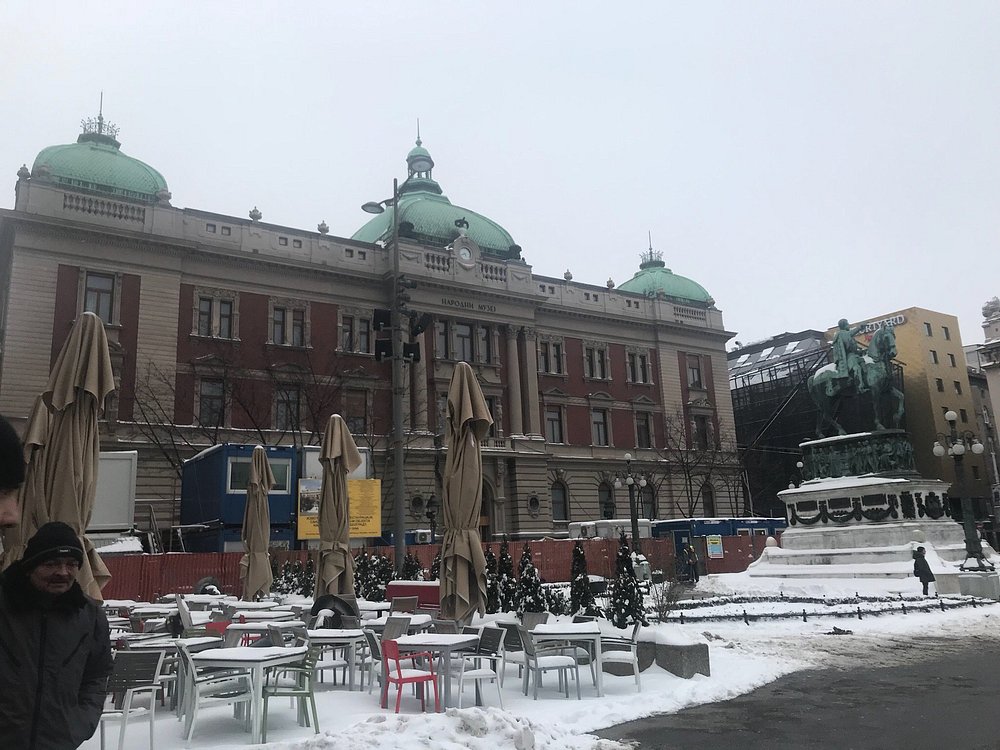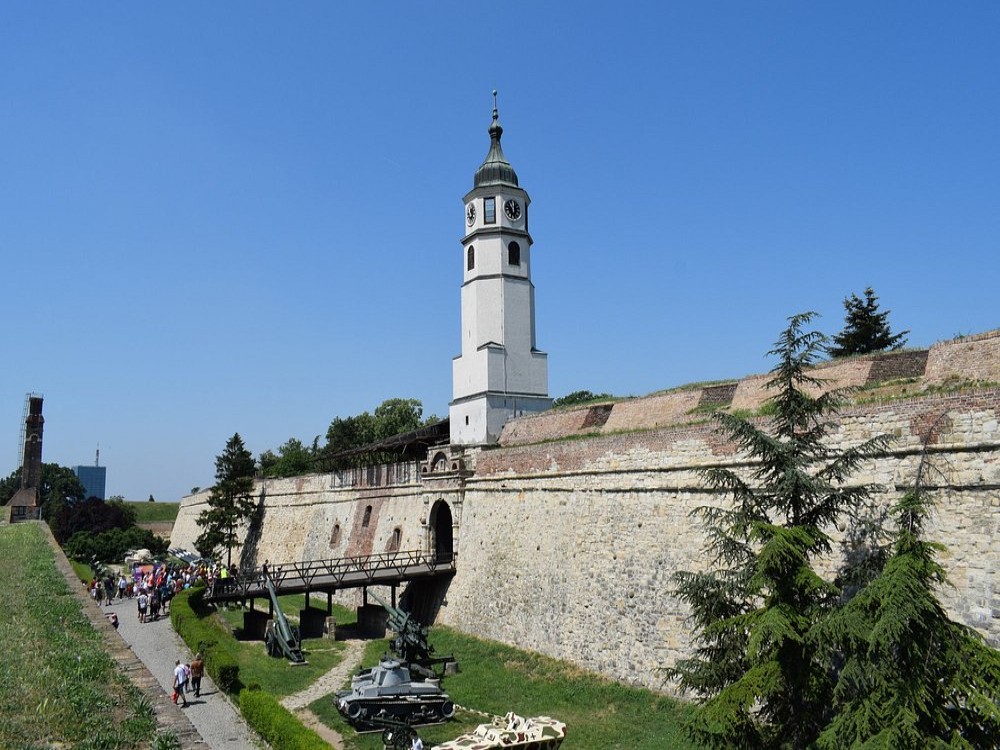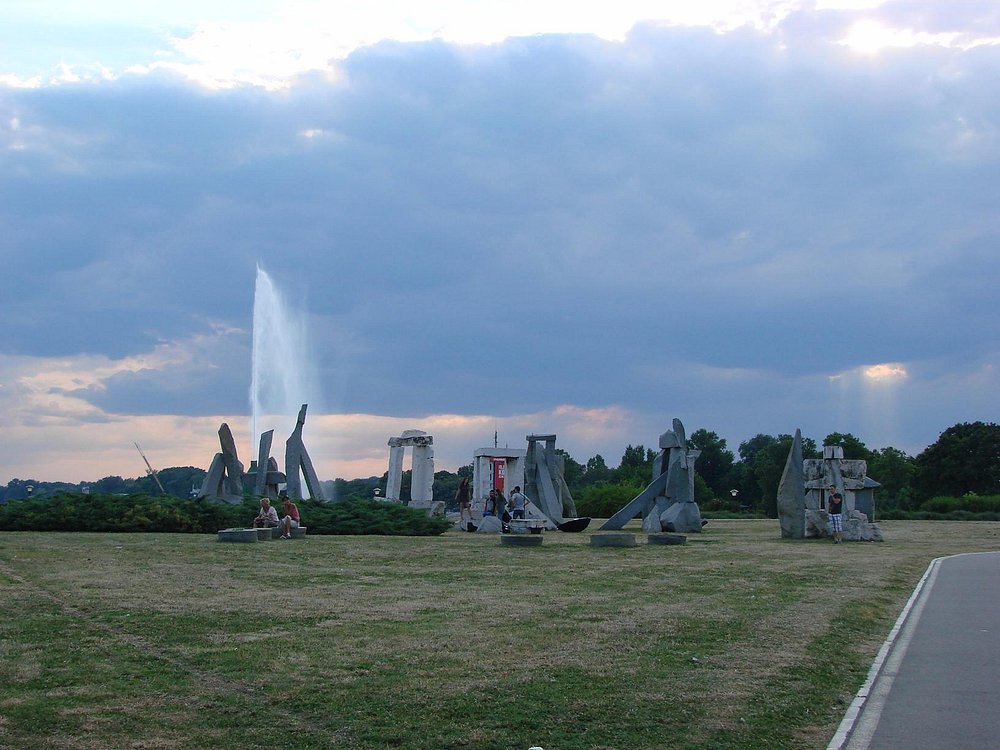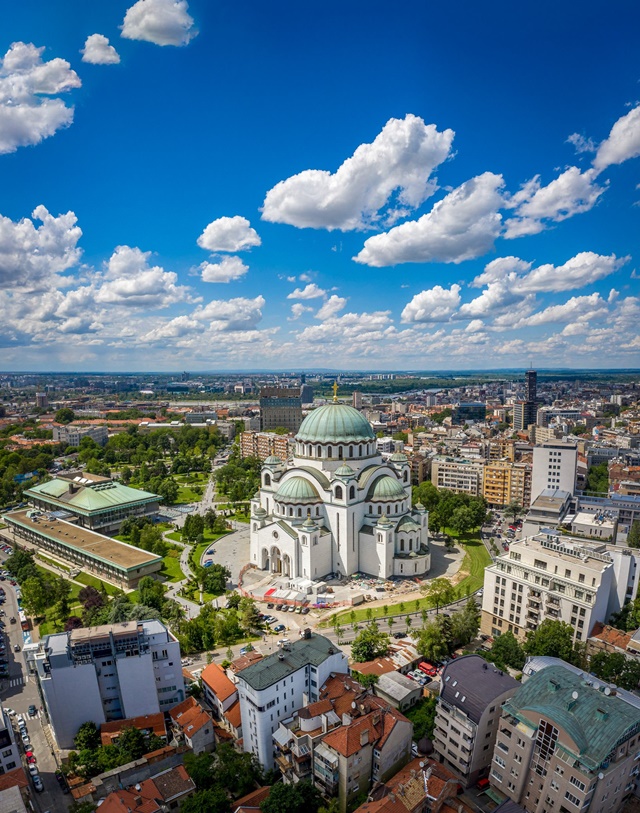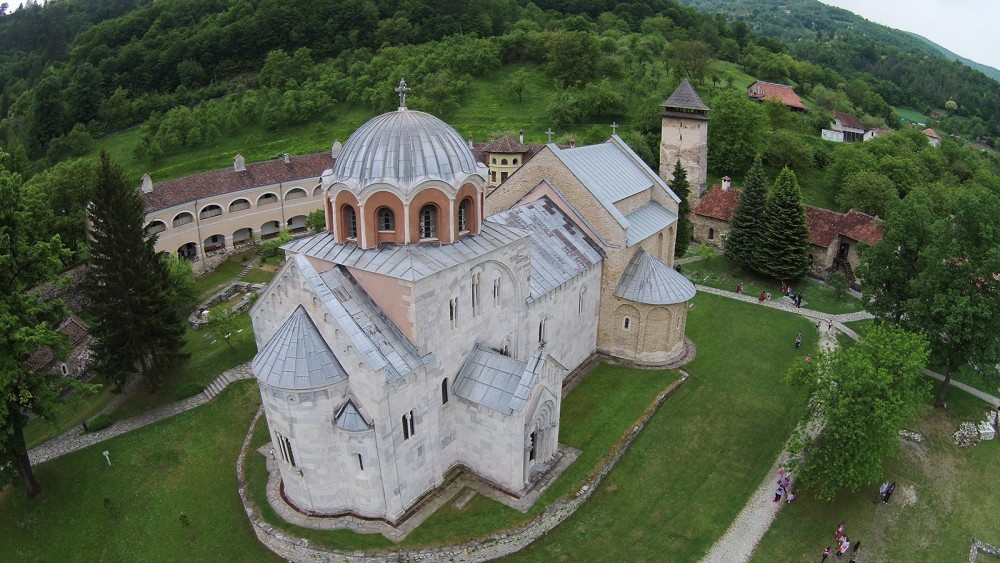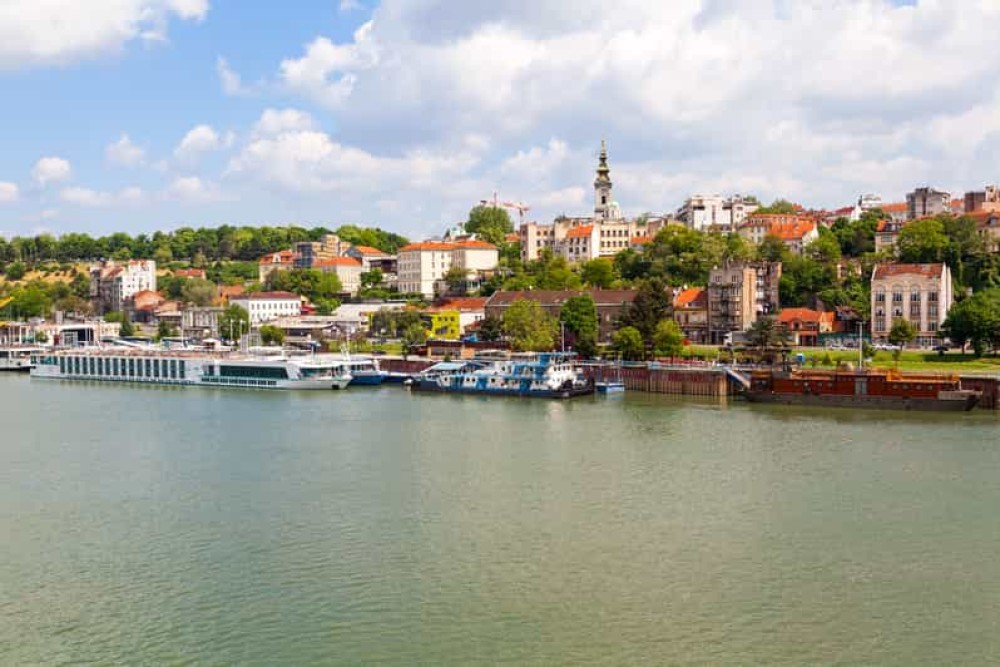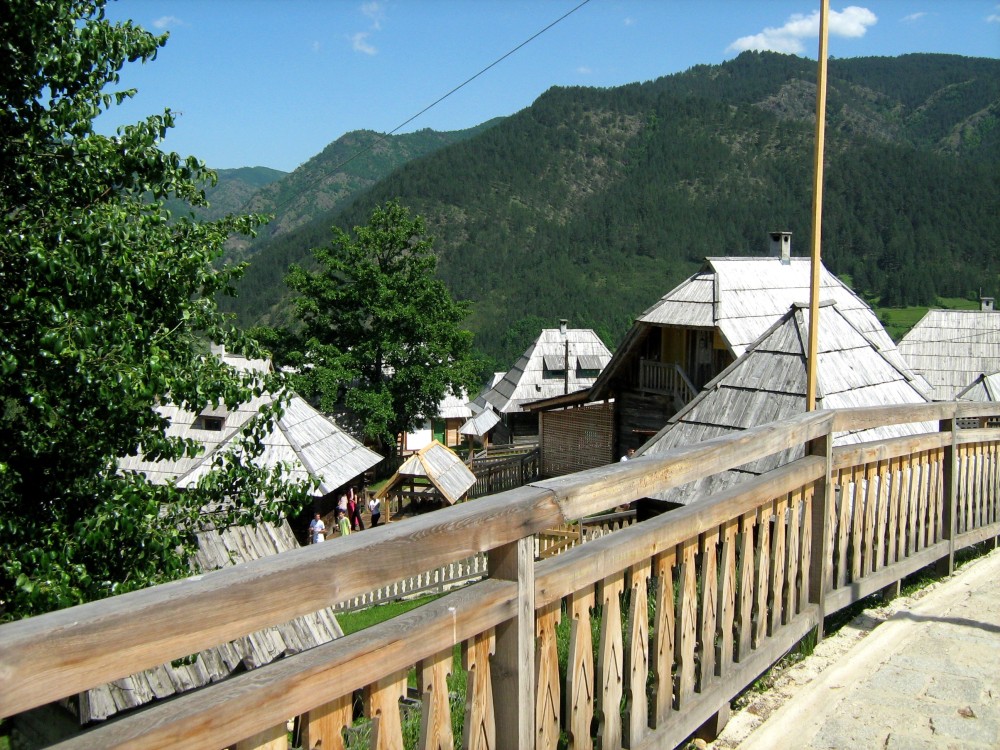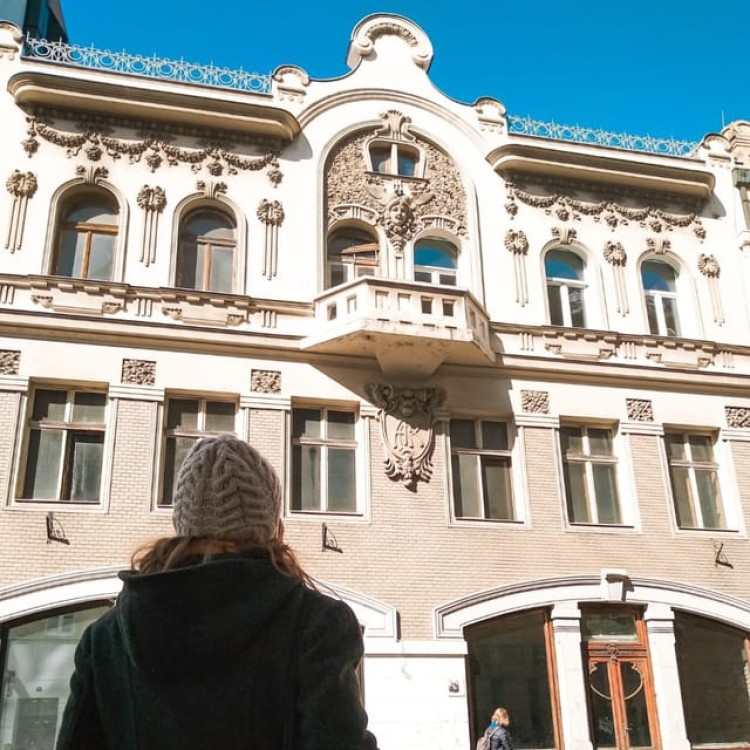By keeping these tips in mind, you'll be well-prepared to enjoy all that Serbia has to offer, ensuring a memorable and enriching holiday experience.
Nestled in the heart of the Balkans, Serbia is a land of diverse landscapes and rich cultural heritage. From the bustling streets of Belgrade to the serene monasteries of Studenica, the country offers a blend of history, nature, and modern attractions. Visitors can explore ancient fortresses, enjoy vibrant festivals, and experience the warmth of Serbian hospitality. Whether you're an adventure seeker or a history enthusiast, Serbia has something to captivate every traveler.
Top Tours & Excursions In Serbia
From Belgrade: Tara NP & Drina river & House on the Drina
From Belgrade: Nis city full day tour
€119.00
per person
Iron gate tour: Golubac fortress,Lepenski Vir and Djerdap NP
€99.00
per person
Eastern Serbia Full Day Trip: Manasija,Resava,Lisine,Krupaja
€89.00
per person
From Belgrade: Novi Sad & Fruska gora & winery and monastery
€69.00
per person
From Belgrade: Uvac canyon Full-Day Trip
€149.00
per person
From Belgrade: Studenica monastery & Zica monastery
€119.00
per person
Belgrade: Sunset Cruise with Live Guide
€35.00
per person
Zlatibor tour - Gold gondola, Stopic cave, Sirogojno & falls
€139.00
per person
Belgrade: Underground Tour with Riverside Sparkling Wine
€29.00
per person
From Belgrade: Mokra Gora Sargan 8 train,Mecavnik & Zlatibor
€119.00
per person
Belgrade: Jewish walking tour
€45.00
per person
Attractions in Serbia
Attractions you can do in Serbia
Trip ideas for Serbia
Activities and travel ideas you can do in Serbia
Itineraries for Serbia
Itineraries you can do in Serbia
All about Serbia
When to Visit
Serbia experiences a continental climate with distinct seasons. The ideal time to visit is during late spring (May-June) and early autumn (September-October) when temperatures are mild, averaging between 20°C to 25°C (68°F to 77°F). These periods offer pleasant weather for sightseeing and outdoor activities. Summers (July-August) can be hot, with temperatures occasionally reaching 30°C (86°F) or higher, making it suitable for river activities along the Danube and Sava. Winters (December-February) are cold, with temperatures often dropping below freezing, ideal for winter sports enthusiasts.
Getting Around
Navigating Serbia is convenient due to its well-connected transportation network. Buses are the primary mode of intercity travel, offering extensive routes and frequent services. The railway system connects major cities, providing a scenic and comfortable journey. For a unique experience, consider the Belgrade to Bar train route, renowned for its breathtaking landscapes. Within cities, public transportation includes buses, trams, and trolleybuses. Taxis are widely available, but it's advisable to use reputable companies or ride-hailing apps to ensure fair pricing. Car rentals are also an option for those seeking flexibility in their travel plans.
Traveler Tips
Currency: The official currency is the Serbian Dinar (RSD). While credit cards are accepted in urban areas, carrying some cash is recommended for transactions in smaller towns or markets. Language: Serbian is the official language, but English is widely spoken, especially among younger people and in tourist areas. Learning a few basic Serbian phrases can enhance your interactions with locals. Safety: Serbia is generally safe for tourists. However, it's advisable to exercise standard precautions, such as safeguarding personal belongings and avoiding poorly lit areas at night. Cuisine: Don't miss traditional dishes like Ćevapi (grilled minced meat), Pljeskavica (Serbian burger), and Sarma (cabbage rolls). Pair your meal with Rakija, a traditional fruit brandy. Cultural Etiquette: Serbians are known for their hospitality. When visiting someone's home, it's customary to bring a small gift. In religious sites, dress modestly and be respectful of local customs.
33
Activities & Trip
0
Total Reviews
People Also Ask
Do I need a visa to visit Serbia?
Visa requirements depend on your nationality. Many countries have visa-free arrangements with Serbia. It's best to consult the Serbian Ministry of Foreign Affairs or your local embassy for the most accurate information.
Is Serbia safe for tourists?
Yes, Serbia is generally safe for tourists. However, as with any destination, it's advisable to exercise standard precautions, such as safeguarding personal belongings and avoiding poorly lit areas at night.
What is the best time to visit Serbia?
The ideal times to visit are during late spring (April-May) and early autumn (September-October) when the weather is pleasant. Summers can be hot, while winters are cold and less lively.
What currency is used in Serbia?
The official currency is the Serbian Dinar (RSD). It's recommended to exchange money at official exchange offices or withdraw from ATMs. Credit cards are widely accepted in urban areas.
Is tap water safe to drink in Serbia?
Yes, tap water in Serbia is generally safe to drink. However, if you have a sensitive stomach, you might prefer bottled water, which is readily available.
How is public transportation in Serbia?
Serbia offers an extensive public transportation system, including buses, trams, and trolleybuses. Tickets can be purchased at kiosks or directly from drivers. Ride-sharing services like CAR:GO are also available.
What are the must-visit attractions in Serbia?
Key attractions include the Kalemegdan Fortress, Knez Mihailova Street, Skadarlija (the bohemian quarter), and the Church of Saint Sava. Each offers a unique glimpse into the country's rich history and culture.
How is the nightlife in Serbia?
Serbia is renowned for its vibrant nightlife, featuring numerous bars, clubs, and floating river venues known as "splavs." The Savamala district in Belgrade is particularly popular for evening entertainment.
What local foods should I try in Serbia?
Don't miss traditional dishes like "pljeskavica" (grilled meat patty), "ćevapi" (grilled minced meat), and "sarma" (cabbage rolls). Pair them with "rakija," a traditional fruit brandy.
Is English widely spoken in Serbia?
Yes, English is commonly spoken, especially among younger residents and in tourist areas. However, learning a few basic Serbian phrases can enhance your experience and is appreciated by locals.
Frequently Asked Question
The answers provided below are based on answers previously given by the tour provider to customers’ questions.
What are the top things to do in Serbia?
The top things to do in Serbia are:
What are the top activities in Serbia?
Top activities in Serbia include:
What do I need to know before visiting Serbia?
Check out these top Serbia travel ideas:
- ● Top 5 Must-See Attractions in Belgrade: A City of Rich History and Culture
- ● Best Things to Do in Belgrade at Night: Embrace the City’s Vibrant Nightlife
- ● A Food Lover’s Guide to Belgrade: What and Where to Eat
- ● Hidden Gems of Belgrade: Off-the-Beaten-Path Experiences
- ● A First-Timer’s Guide to Exploring Belgrade: Your Ultimate Travel Companion
Copyright © 2025 All Rights Reserved




